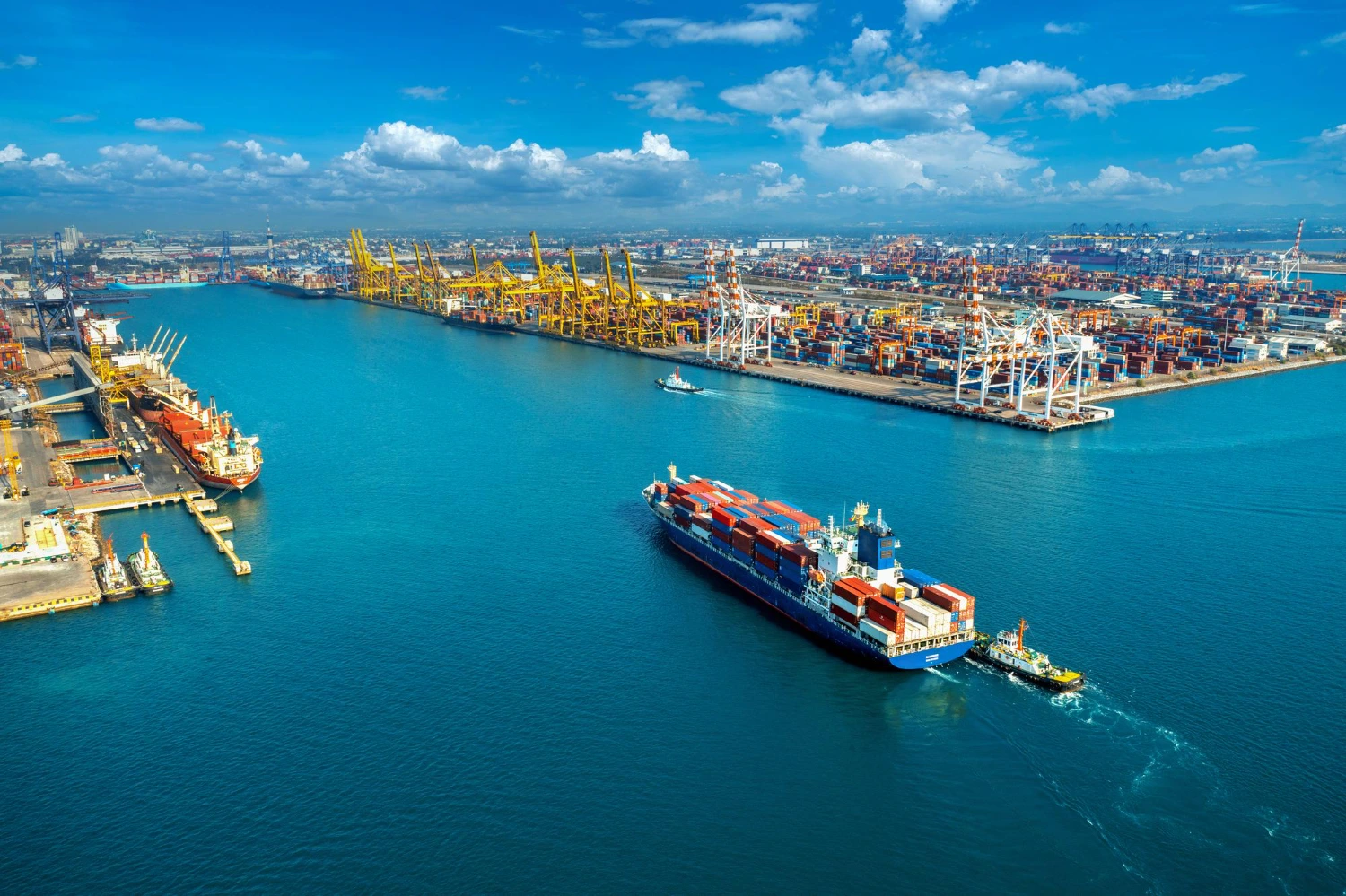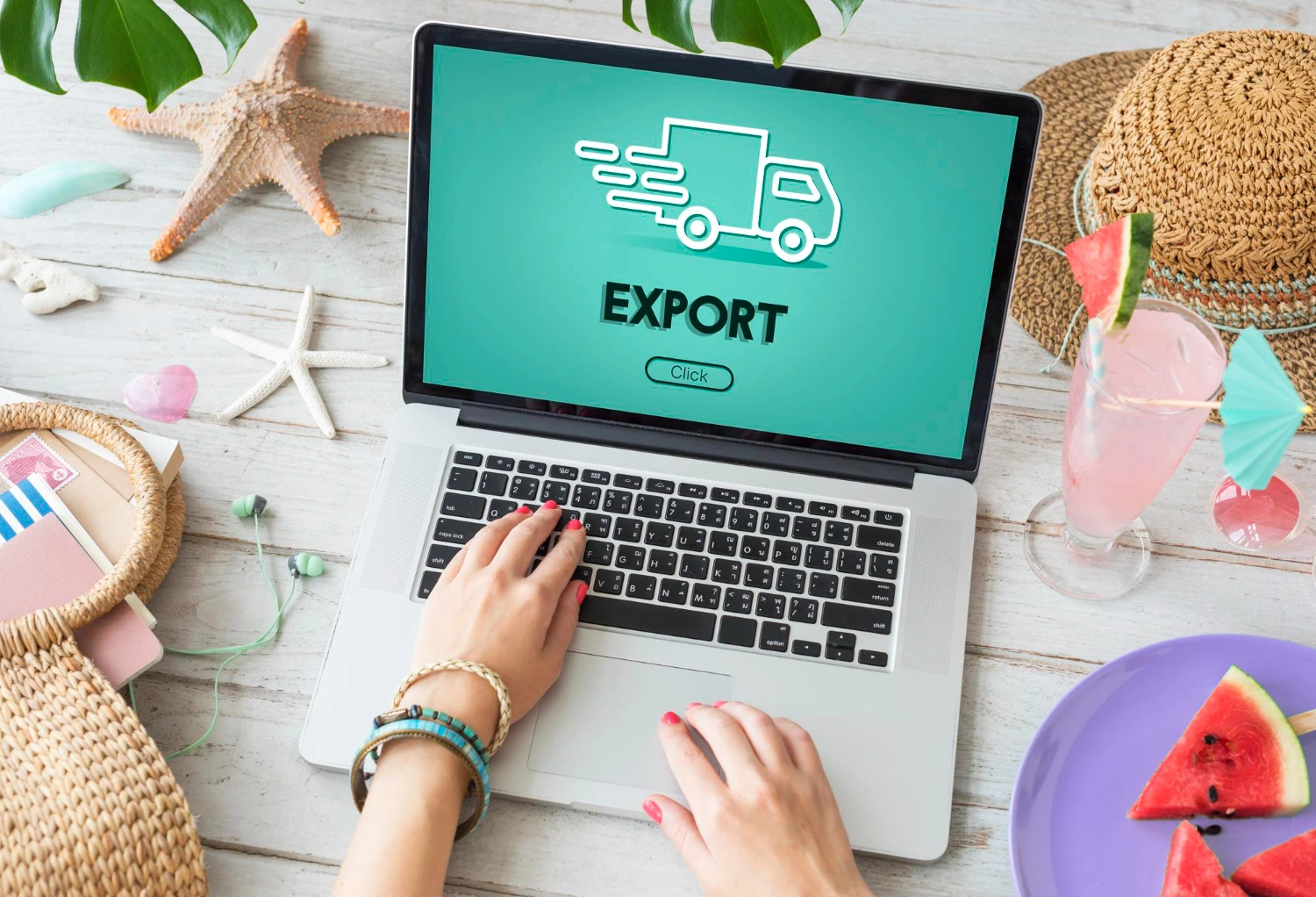The globalised economy has made it possible for businesses to look beyond the domestic market and seek international trade opportunities. To engage in import and export activities, one of the most important prerequisites is obtaining an Import Export Code, also known as an IEC. This unique code is the key to unlocking the vast potential of global trade. We shall understand the importance of the Import Export Code, the process of applying for the same, the documents that are needed to get an import export code registered, and various other crucial details. In the process.
What is Import Export Code (IEC)?
An Import Export Code, IEC, is a 10-digit alphanumeric number issued by the Directorate General of Foreign Trade under the Ministry of Commerce and Industry, Government of India. It is a mandatory code for businesses and individuals who wish to engage in import or export activities in India. The IEC serves as a primary identification number for customs authorities, banks, and other regulatory bodies for smooth international trade transactions.
Significance of Import Export Code (IEC)
The IEC serves three important objectives:
1.Compliance: According to India’s trade laws, any company or individual dealing with imports and exports of goods and services needs an IEC.
2.Custom Clearance: The IEC number is essential for clearing any cargo from the port, ensuring ease and efficiency in the import and export process.
3.Banking Transactions: For conducting foreign exchange transactions through banks, which would be necessary for paying for imports and receiving for exports.
4.Benefits Under Government Schemes: An IEC is issued to a business, and benefits accrue under the various government schemes like duty drawbacks, export promotion schemes, tax exemptions, etc.
Application Procedure for Import Export Code (IEC)
The application for an IEC is quite simple and can be done online. To apply for an Import Export Code, follow these steps:
1.DGFT Website: Open the official DGFT website at https://www.dgft.gov.in and click on the ‘Services’ tab.
2.Register and Login: If you are a new user, you will have to register on the DGFT portal. If you already have a registered account, log in with your credentials.
3.Application Form Submission: On the home page, click ‘Apply for IEC,’ then fill out the requisite details on the online application form. All the details should be correct as well as complete.
4. Uploading Documents: Upload all documents needed for registration of the import-export code (given below).
5. Payment: Online payment will be done using the eligible options provided in making the payment.
6. Submission of Application Form: Once all the details are verified, submit the application form.
7. Get IEC: When the application submitted is processed, you will find the IEC on your email address that was registered.
List of Documents Required for Import Export Code Registration
To successfully get an IEC, you should provide the following documents:
- PAN Card Copy: PAN Card copy of applicant (individual) or business.
- Aadhaar Card: An Aadhaar Card of the applicant (individual) or a signatory having authority to represent the business house.
- Proof of Business Entity: Certificate of incorporation, partnership deed, or any other registration document, depending on the type of business entity.
- Bank Certificate/Cancelled Cheque: A copy of the cancelled cheque or bank certificate as proof of the bank account.
- Address Proof: Utility bills, lease/rent agreements, or any other valid document as proof of the business address.
- Digital Signature Certificate: This is to be used in the online application verification and submission process.
Essential Topics Relevant to IEC
1. Renewal and Amendment: An IEC has a lifetime and does not require renewal. Businesses, however, need to update IEC details in case of any alteration in business name, address, or other details.
2.Compliance: Companies with an IEC have to comply with all applicable trade regulations, including reporting and filing requirements at customs and other authorities.
3.Suspension and Cancellation: DGFT has the right to suspend or cancel an IEC if a company fails to comply with the regulations or violates trade laws. Therefore, companies must follow guidelines very closely to avoid such actions.
4. Benefit under government schemes: An IEC can give various benefits against government schemes concerning the promotion of exports, where the business unit can get merchandise exports from the India Scheme (MEIS) and the service exports from the India Scheme (SEIS) benefits.
5.Global trading opportunities: Obtain an IEC to open many global trading windows for businesses: expand market geographies, achieve revenue growths, and sustainability.
In conclusion, an IEC is a necessary document for any business or individual wishing to import and export. This document facilitates the clearance of goods at customs, banking transactions, and government benefits. Therefore, it is one of the crucial components of international trade operations. Obtaining an IEC is a relatively straightforward process, whereby one submits necessary documents and adheres to guidelines from regulatory authorities.
OutBay, Your Outsourcing Professional is a trusted partner for businesses seeking expert assistance in IEC registration and compliance. With their extensive knowledge and experience, they provide comprehensive support in navigating the complexities of IEC registration, ensuring a smooth and hassle-free process. By partnering with OutBay, businesses can focus on their core operations while leaving the intricacies of import-export compliance to the experts.
Speak to a financial support advisor to Unleash the true potential of international trade with an import-export code and catapult your business to greater heights!






